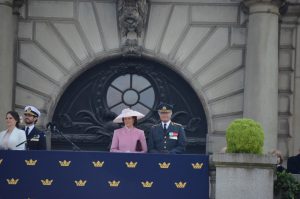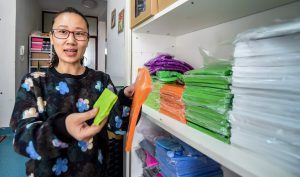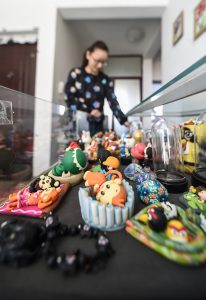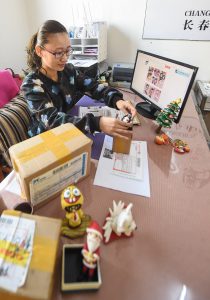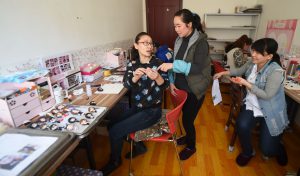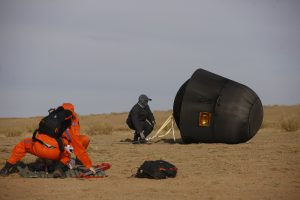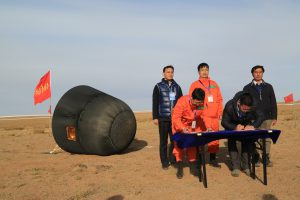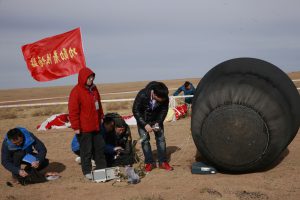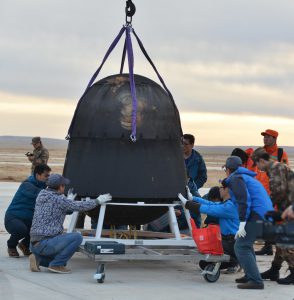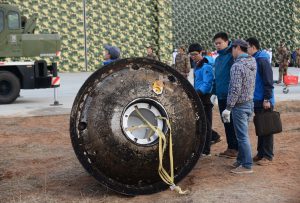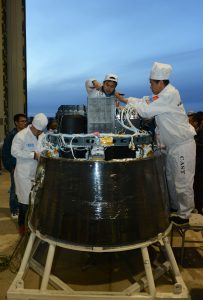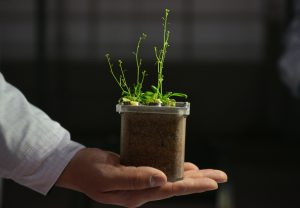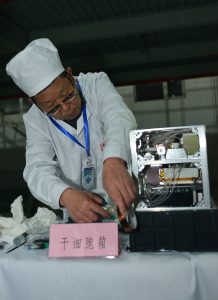亲爱的读者一般到这里就够了,如果您想练习英语或者是检察一下是否我的翻译有误,可以接着看英语原文。
以下是生日活动庆典安排和有关链接:
MONDAY APRIL 25
1. Seminar on the Baltic Sea – The Royal Dramatic Theatre, Arrival outside
Photo position (still photo, TV/web cameras, reporters)
Ladders NOT allowed
Checkpoint – Media to gather at 18.15, the Royal Dramatic Theatre’s Royal Entrance
Aftonbladet (3), Bild & Kultur (1), Expressen (3), IBL (2), KulturSthlm (1), Stella Pictures (2), SVT (3), Sveriges Radio (1), TV4 (3), TT Nyhetsbyrån (2)
ARD (4)
TUESDAY APRIL 26
Photo pool, reporters
Ladders NOT allowed
Checkpoint – Media to gather at 17.30, West Vault
Aftonbladet (1 still photographer, 1 reporter), Bild & Kultur (1 reporter), Expressen (1 still photographer, 1 reporter), IBL (1 still photographer), Stella Pictures (1 still photographer), TT Nyhetsbyrån (1 still photographer), TV4 (1 reporter)
ARD (1 reporter)
THURSDAY APRIL 28
3. Reception for authorities and organizations – The Royal Palace
Photo pool only (still photo)
Ladders NOT allowed
Checkpoint – Media to gather at 9.30, West Vault
IBL (1), Stella Pictures (1), TT Nyhetsbyrån (1)
FRIDAY APRIL 29
4. Reception for authorities and organizations – The Royal Palace
Photo pool only (still photo)
Ladders NOT allowed
Checkpoint – Media to gather at 9.30, West Vault
IBL (1), Stella Pictures (1), TT Nyhetsbyrån (1)
5. The royal artistic academies congratulate The King – The Royal Swedish Opera, Arrival of guests
Photo position (still photo, TV/web cameras, reporters)
Ladders NOT allowed
Checkpoint – Media to gather at 14.15, main entrance, the Royal Swedish Opera
Aftonbladet (3), Expressen (3), IBL (2), Stella Pictures (2), TT Nyhetsbyrån (2), TV4 (2)
Agentur Schneider Press (1), ARD (3), ddp (1), Getty Images (1), Monarchy Press (1), NRK (2), Nunn Syndication (1), Royal Press Europe (1), Royal Press Photo (1)
The royal artistic academies congratulate The King – The Golden Foyer, The Royal Swedish Opera
Photo pool, reporters
Ladders NOT allowed
Aftonbladet (1 reporter), Bild & Kultur (1), Expressen (1 reporter), IBL (1 still photographer), Stella Pictures (1 still photographer), Svensk Damtidning (1 reporter), TT Nyhetsbyrån (1 still photographer)
6. The Royal Swedish Opera and Stockholm Concert Hall will give a concert – The Nordic Museum, Arrival of guests
Media position (still photo, TV/web cameras, reporters)
Ladders allowed
Checkpoint – Media to gather at 17.45, the Nordic Museum
Aftonbladet (3), Bild & Kultur (1), Expressen (3), IBL (2), Stella Pictures (2), Svensk Damtidning (1), TT Nyhetsbyrån (2), TV4 (3)
Action Press (1), Agentur Schneider Press (1), alex&er’s Images (1), ARD (3), Billed Bladet (3), Bunte (2), ddp (1), E-press Photo (1), Getty Images (1), Hussein Royal Collection (1), Monarchy Press Europe (1), Newspix International (1), NRK (2), Nunn Syndication (1), People Picture (1), Rex Schutterstuck (1), Royal Portraits Europe (1), Royal Press Europe (1), Royal Press Photo (1), Se og Hör (2), UK Press Ltd (1)
The Royal Swedish Opera and Stockholm Concert Hall will give a concert – The Nordic Museum, Inside
Photo pool only (still photo)
Ladders NOT allowed
IBL (1), Stella Pictures (1), TT Nyhetsbyrån (1)
SATURDAY APRIL 30
7. Te Deum thankgsgiving service – South Vault, The Royal Palace, Arrival of the guests
Photo position: Stairwell in South Vault
Ladders NOT allowed
Dress code: Dark suit
Checkpoint A – Media to gather at 8.00, the entrance to Museum Tre Kronor
Upper level (TV/web, still photo)
Aftonbladet (1), Expressen (1), IBL (1), Stella Pictures (1), SVT Nyheter (1), SVT Året med Kungafamiljen (1), TT Nyhetsbyrån (1), TV4 (1),
Abaca (1), Action Press (1), Agentur Schneider Press (1), alex&er’s Images (1), Antena 3 (1), ARD (1), Associated Press (1), Billed Bladet (1), Broadview (1), Bunte (1), ddp (1), dpa (1), E-press Photo (1), Monarchy Press Europe (1), Newspix International (1), NRK (1), NTB Norge (1), Nunn Syndication (1), People Picture (1), Rex Shutterstuck (1), Royal Portraits Europe (1), Royal Press Europe (1), Royal Press Photo (1), Se og Hör (1), UK Press Ltd (1), XINHUA (1), YLE (1) ZDF (1)
Lower level (photo pool – still photographers only)
Aftonbladet (1), Expressen (1), Getty Images (1), IBL (1), Stella Pictures (1), TT Nyhetsbyrån (1)
Te Deum thanksgiving service – The Royal Chapel
Photo pool only (still photo)
Ladders NOT allowed
Dress code: Dark suit
Checkpoint A – Media to gather at 8.00, the entrance to Museum Tre Kronor
IBL (1), Stella Pictures (1), TT Nyhetsbyrån (1)
A limited number of media companies will be allocated a seat for one reporter each at Te Deum thanksgiving service, by special invitation of the Swedish Royal Court.
8. The Swedish Armed Forces’ celebration – The Outer Courtyard
Media position (still photo, TV/web cameras, reporters)
Ladders allowed
Checkpoint B – Media will be let into the media positions at 10.00 on the Outer courtyard
Aftonbladet (3), Bild & Kultur (1), Expressen (3), IBL (3), KulturSthlm (1), Stella Pictures (3), Svensk Damtiding (1), Sverigs Radio (1), SVT Nyheter (3), SVT Året med Kungafamiljen (1), TT Nyhetsbyrån (3), TV4 (3)
Abaca (1), Action Press (1), Agentur Schneider Press (1), alex&er’s Images (1), Antena 3 (3), ARD (3), Associated Press (1), Billed Bladet (3), Broadview (3), Bunte (1), ddp (1), dpa (1), E-press Photo (1), Getty Images (1), HER og NÅ (1), Hussein Royal Collection (1), Iltalehti (2), Monarchy Press Europe (1), Newspix International (1), NRK (2), NTB Norge (1), Nunn Syndication (2), People Picture (1), Photomedia (1), PPE-Agency (1), Rex Shutterstuck (1), Royal Portraits Europe (1), Royal Press Europe (1), Royal Press Photo (1), Se og Hör (2), UK Press Ltd (1), XINHUA (1), YLE (1), ZDF (2)
9. Choral tribute – Lejonbacken, The Royal Palace
Photo position (still photo, TV/web)
Ladders NOT allowed
Checkpoint C – Media to gather at 11.30, outside the South Vault, on Slottsbacken
Aftonbladet (1 still photographer), Expressen (1 still photographer), IBL (1 still photographer, 1 video), Stella Pictures (1 still photographer, 1 video), SVT Året med Kungafamiljen (1), TT Nyhetsbyrån (1 still photographer, 1 video), TV4 (1)
Media that have not been given a position in the photo pool on Lejonbacken may photograph from public areas in front of the Lejonbacken terrace.
Departure of the cortège – Mynttorget
Photo position (still photo, TV/web)
Ladders NOT allowed
Aftonbladet (1 still photographer), Expressen (1 still photographer), IBL (1 still photographer, 1 video), Stella Pictures (1 still photographer, 1 video), SVT Året med Kungafamiljen (1), TT Nyhetsbyrån (1 still photographer, 1 video), TV4 (1)
Media that have not been given a position in the photo pool may photograph from public areas.
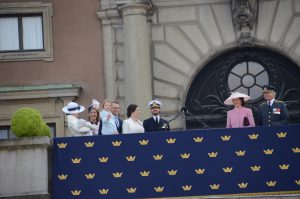 每年4月30日,即是国王的生日,也是瑞典的春分,即五朔节,这一天晚上,人们要点燃篝火,然后在篝火旁边朗诵赞美春天的诗,同时,合唱团也要唱歌!
每年4月30日,即是国王的生日,也是瑞典的春分,即五朔节,这一天晚上,人们要点燃篝火,然后在篝火旁边朗诵赞美春天的诗,同时,合唱团也要唱歌!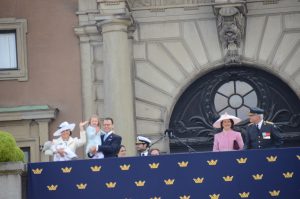 今天,国王庆祝七十大寿。人生70古来稀,但是,瑞典的国王和王后却依然是风采依旧。国王的庆祝虽然不是特别令人紧张的隆重,但是,安排还是满多的,主要是人们开了不少音乐会。
今天,国王庆祝七十大寿。人生70古来稀,但是,瑞典的国王和王后却依然是风采依旧。国王的庆祝虽然不是特别令人紧张的隆重,但是,安排还是满多的,主要是人们开了不少音乐会。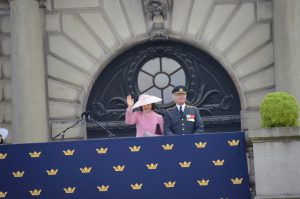 知道国王要在中午时分和公众见面,于是,记者10点多就到王宫去等候了。其实,真正的庆祝是在王宫院里。但一个人不能分身,只能老老实实地在外面的公众位置等候。
知道国王要在中午时分和公众见面,于是,记者10点多就到王宫去等候了。其实,真正的庆祝是在王宫院里。但一个人不能分身,只能老老实实地在外面的公众位置等候。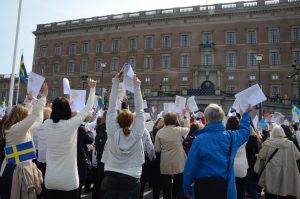 庆祝安排很可爱,先是来了10来个坐轮椅的残疾人,然后,皇家马队从此路过,那马到了这些人面前,都停了一下,然后,再走,仿佛故意安排似的。笔者以为,马是被吓着了。
庆祝安排很可爱,先是来了10来个坐轮椅的残疾人,然后,皇家马队从此路过,那马到了这些人面前,都停了一下,然后,再走,仿佛故意安排似的。笔者以为,马是被吓着了。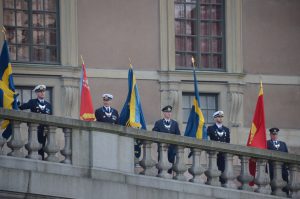 12点20分,瑞典国王和王后西尔维亚出来啦。王储维多利亚公主也出来了,怀里抱着刚出生一个来月的奥斯卡王子,丈夫丹尼尔.韦斯特林抱着他们的大女儿斯泰拉。斯泰拉已经长大了,她不断地向公众挥手,似乎已经习惯了这样的场合。
12点20分,瑞典国王和王后西尔维亚出来啦。王储维多利亚公主也出来了,怀里抱着刚出生一个来月的奥斯卡王子,丈夫丹尼尔.韦斯特林抱着他们的大女儿斯泰拉。斯泰拉已经长大了,她不断地向公众挥手,似乎已经习惯了这样的场合。 然后,千人合唱团开始演唱有关国王的歌曲。国王和王后都非常高兴,他们时不时地向公众招收。
然后,千人合唱团开始演唱有关国王的歌曲。国王和王后都非常高兴,他们时不时地向公众招收。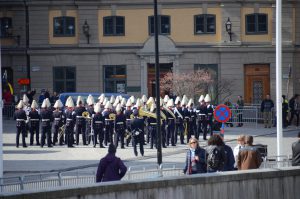 王后和国王都非常高兴。等合唱团唱完了,国王发表讲话。他说,亲爱的斯德哥尔摩人民,是你们使得斯德哥尔摩如此美丽富饶,我代表我的家人对你们表示祝贺。他说,你们的歌声尤其让我的客人们感到非常愉悦。
王后和国王都非常高兴。等合唱团唱完了,国王发表讲话。他说,亲爱的斯德哥尔摩人民,是你们使得斯德哥尔摩如此美丽富饶,我代表我的家人对你们表示祝贺。他说,你们的歌声尤其让我的客人们感到非常愉悦。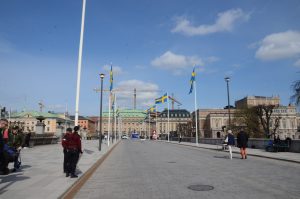 当国王讲完话,回宫的时候,人们开始散去,准备着看国王和王后乘马车到市政厅去和政府官员和各界官员们共进午餐。市政厅也是著名的诺贝尔晚宴的蓝厅,可谓多功能。尤其是夏季,几乎每天都有宴请活动。
当国王讲完话,回宫的时候,人们开始散去,准备着看国王和王后乘马车到市政厅去和政府官员和各界官员们共进午餐。市政厅也是著名的诺贝尔晚宴的蓝厅,可谓多功能。尤其是夏季,几乎每天都有宴请活动。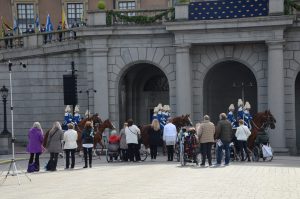 国王和王后坐上马车,驶向市政厅后,人们开始散去。今年和往次公主和王子大婚不同,交通管制的范围反而大大缩小了。国王马车一离开,随后,王宫周围就都可以自由走动了。
国王和王后坐上马车,驶向市政厅后,人们开始散去。今年和往次公主和王子大婚不同,交通管制的范围反而大大缩小了。国王马车一离开,随后,王宫周围就都可以自由走动了。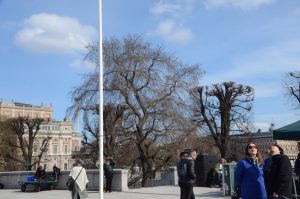 也是借此机会,在这个非常晴朗的天气里,笔者再次用照相机把斯德哥尔摩复录一遍。十年了,都有哪些变化呢?至少国王是欢天喜地,老儿子取媳妇万事大吉了。三个孩子都结婚了,如今也有三个外孙子,两个外孙女了。
也是借此机会,在这个非常晴朗的天气里,笔者再次用照相机把斯德哥尔摩复录一遍。十年了,都有哪些变化呢?至少国王是欢天喜地,老儿子取媳妇万事大吉了。三个孩子都结婚了,如今也有三个外孙子,两个外孙女了。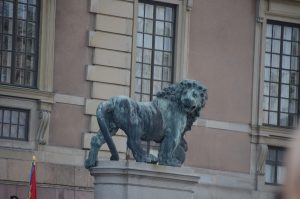 站在记者旁边的是一个在卡罗林斯卡工作的IT工作人员。她说,她不是记者,但很喜欢瑞典国王,感觉国王给这个国家带来很多正面的形象。
站在记者旁边的是一个在卡罗林斯卡工作的IT工作人员。她说,她不是记者,但很喜欢瑞典国王,感觉国王给这个国家带来很多正面的形象。
